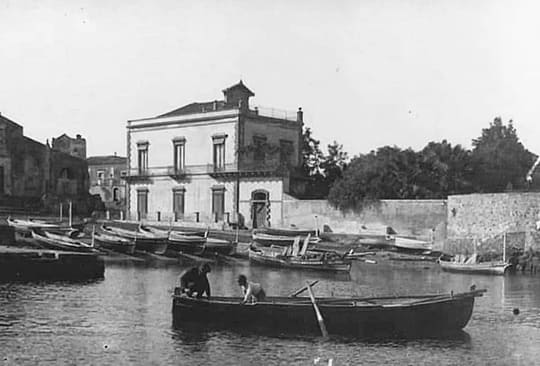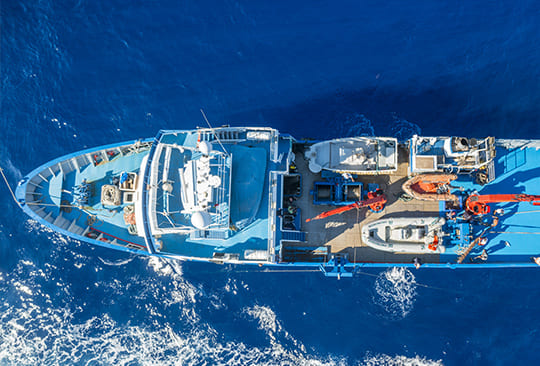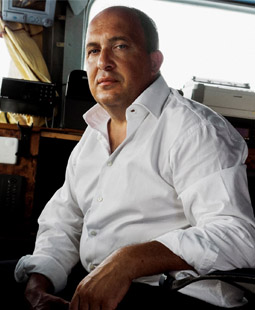OUR TEAM

The story of the Testa family is reminiscent of the fishermen in Giovanni Verga’s famous novel I Malavoglia, published in 1881. But it is always reality that inspires literature: the Testa family’s fishing tradition dates back at least two centuries and takes place in the charming little port of Ognina, in the heart of Catania.
Via Testa still exists in the small village, testifying to the deep roots of the family and the generations that have followed one another, exchanging the baton and respecting the custom of giving sons four repeated names: Salvatore, Giuseppe, Concetto and Antonino. In the family’s centuries-long history, there is also room for Agata, a woman of strong character who, as a widow, took on the role of head of the family.
We
cultivate the sea
because we love the sea

Via Testa
The small port of Ognina has always been the home of the Testa family. The ancient port of Ulysses, which became smaller after the great eruption of the 14th century, is still a fascinating place, with the Church of Santa Maria di Ognina – from which the statue of the “A Bammina” looks out to sea – and the fishing boats ready to set sail.
Here, in the small seaside village in the heart of Catania, the roots of the family’s history and the generations that have succeeded one another go back to Via Testa. This is where the family’s company is based today.
The fleet
For a long time, fishing was done under sail and above all by rowing. It was in 1950 that the first motorboat arrived, christened – not surprisingly – Buttafocu, followed by Ulisse, Santopadre and Gabbiano.
In the 1970s, when work with tuna began, the thirty-metre-long wooden motorboat Nino Testa was added to the fleet. Each new boat took the fleet further and further offshore, and the objectives and skills grew.
In 2002 the 42-metre Atlante was launched, and three years later it was the turn of the 38-metre Futura Prima, made of steel. The larger vessel is mainly dedicated to bluefin tuna fishing, assisted by the second, which is mainly dedicated to bluefish fishing; both are often involved in study and work campaigns in the marine field.





